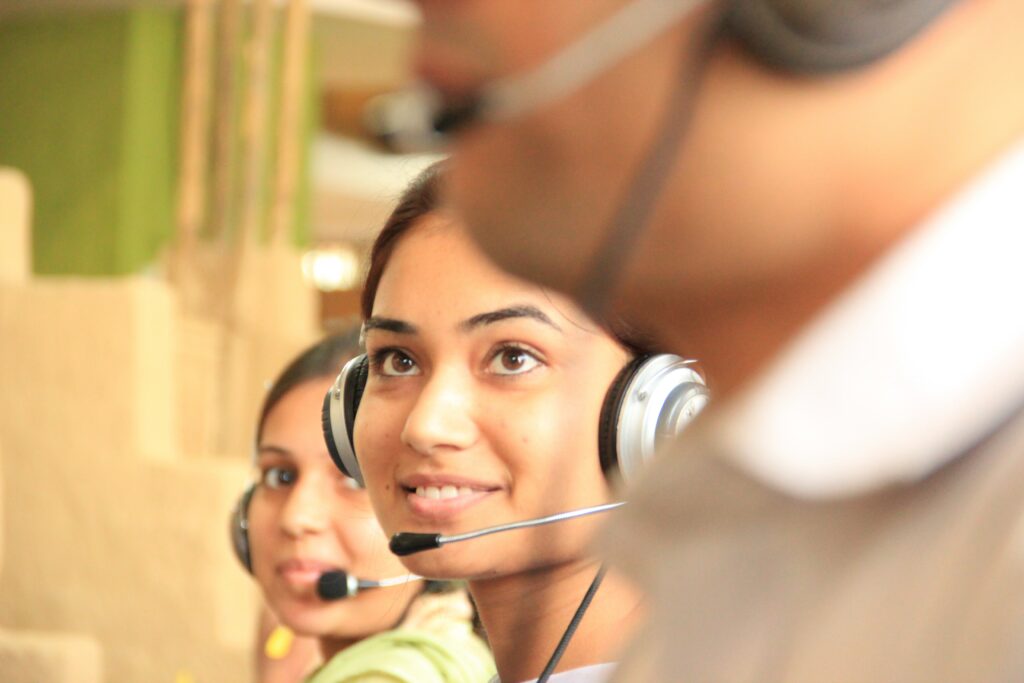
‘Hello – is this Amos Doorenbosss?’
I say yes, as people always mispronounce and misspell my name.
‘Can you please confirm your date of birth?’
‘Who is this?’
‘It’s the …. dispensary.’
‘How do I know it is the dispensary?’
‘Well, I called you.’
‘Yes, but lots of people call me. You’re asking for me for my date of birth, but you could be anyone.’
‘Ah yes, good point. But I’m calling from the dispensary.’
The conversation went on for a while. It is not an uncommon occurrence – it happens with many other service providers too. It is hard not to end up at an impasse. The caller is following a process. A process meant to encourage privacy, confidentiality, and security. In reality it is more about reducing law suits against the organisation calling.
The problem is that fraudsters and ‘social engineers’ can easily use the same tactics. It is not difficult to find out which mobile phone company I use or guess which medical practice I use. And then the conversation can be similar to the one above. But once the fraudster has the piece or pieces of information they want, they hang up.
The challenge is that the confirmation of who is on the phone needs to happen both ways, not just one way. Anyone can phone me, that’s the beauty of the phone network. When friends and family call, I recognise their voice and they recognise mine. But the doctor and dentist have multiple people who call. And the mobile phone company, the bank, the utility company have hundreds.
This is also true in humanitarian aid. We ask, no demand, for heaps of personal data about the people who need assistance. We check for duplicates in our systems and increasingly across multiple different aid agencies. And each time the person in need of assistance interacts with us, we demand they ‘prove’ who they are. Again and again and again. Increasingly, we require them to give us various biometric identifiers.
But never do we give them the same details about us. They have to blindly trust us. But it is easy to get a shirt, a vest, a lanyard with a humanitarian agency’s logo on it.
We could be anyone. Why do we treat those in aid of assistance differently than we would treat ourselves?

Totally agree!